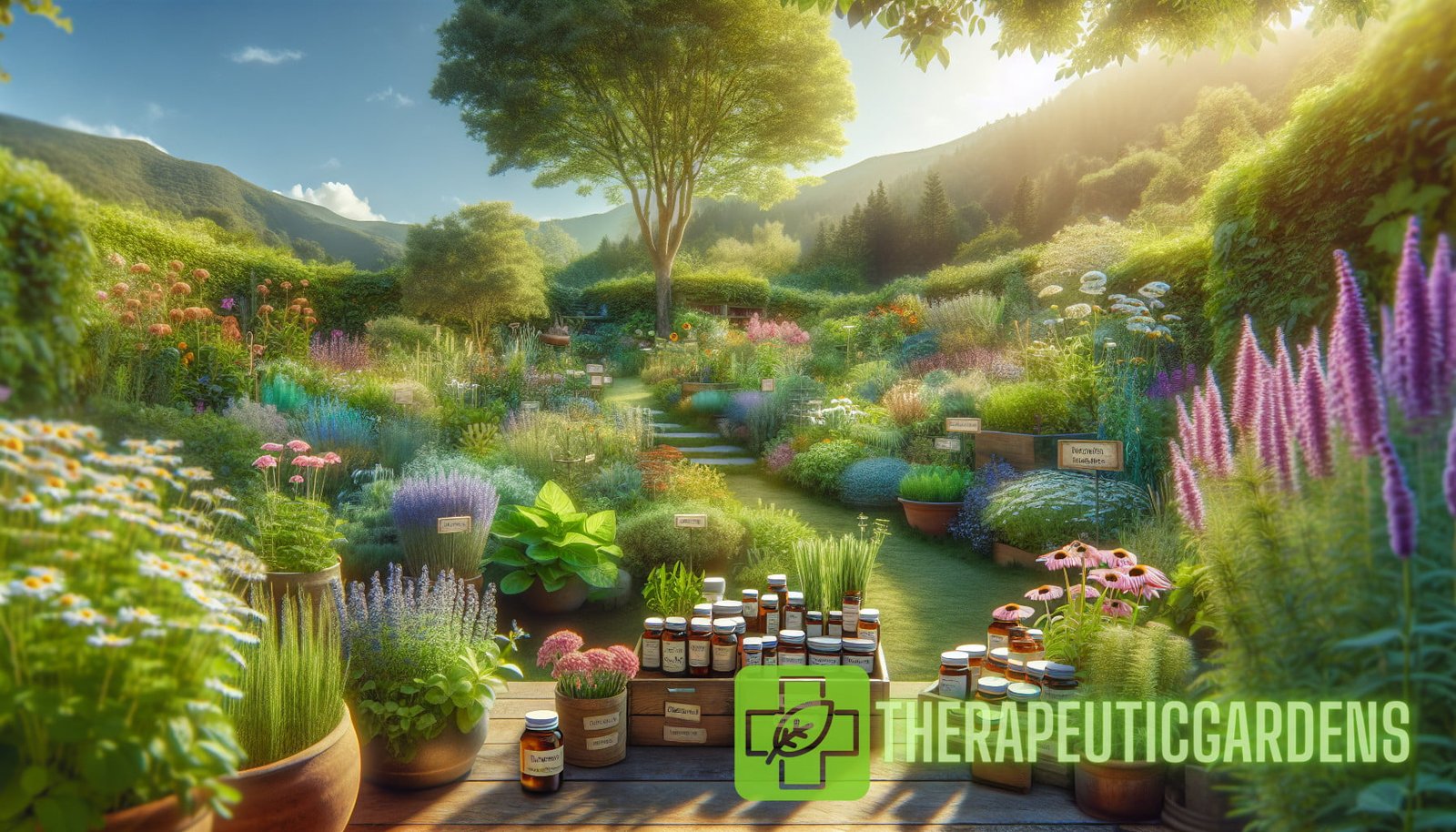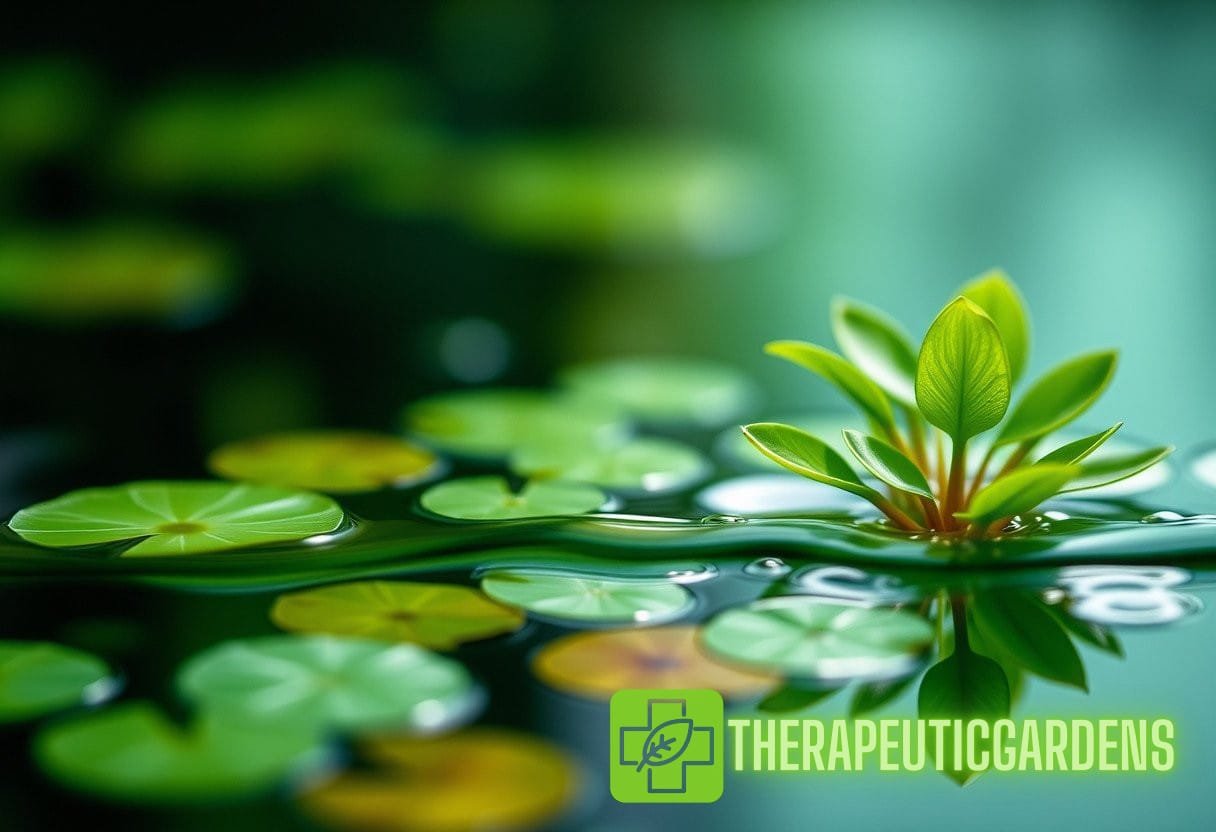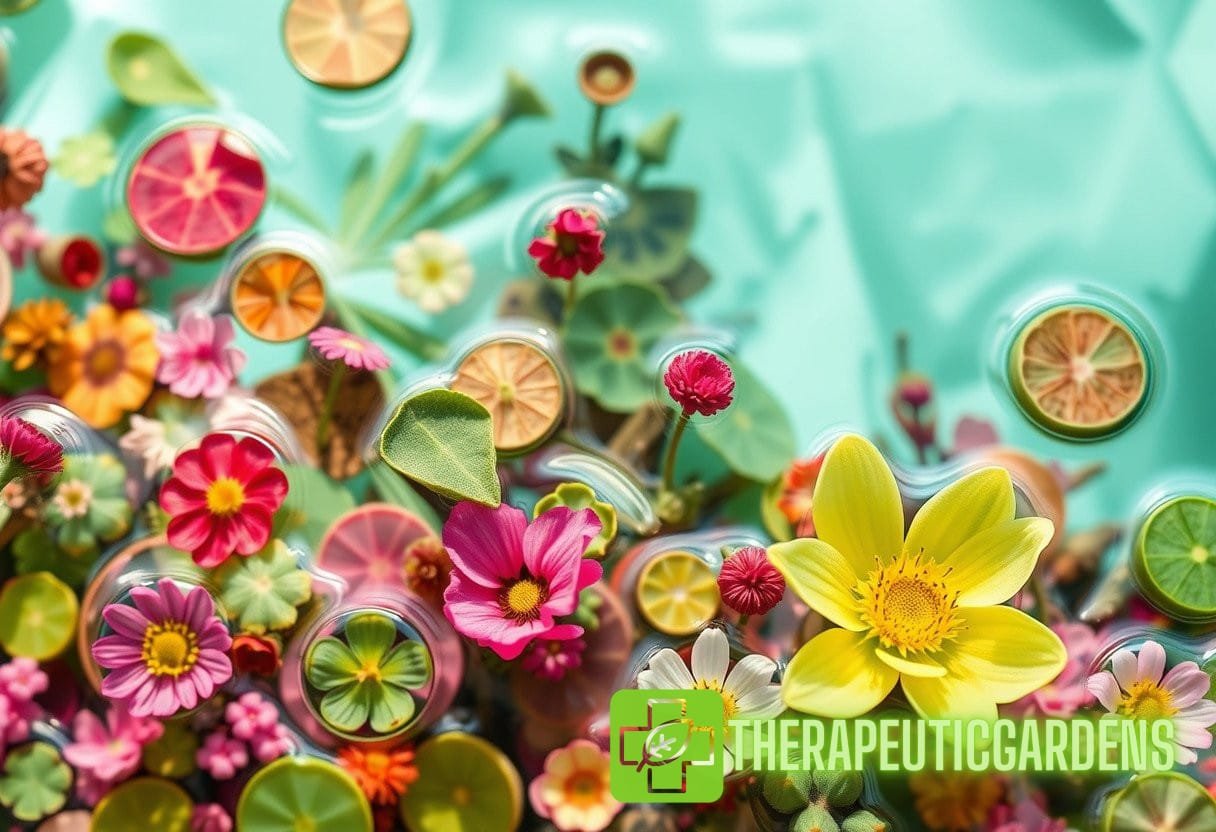Introduction
Many people turn to natural remedies and alternative medicine to support their health and well-being. One of the most popular and effective natural remedies is the use of therapeutic herbs. These plants have been used for centuries to promote healing, treat ailments, and enhance overall wellness. In this article, we will explore the best therapeutic plants for your garden and the benefits they can provide.
The Benefits of Therapeutic Herbs
Therapeutic herbs offer a wide range of benefits for both physical and mental health. Here are some of the main advantages of incorporating these plants into your garden:
1. Natural Healing
- Therapeutic herbs contain bioactive compounds that have medicinal properties.
- These compounds can help the body heal naturally without the need for synthetic drugs.
- They have been used in traditional medicine for centuries and have stood the test of time.
2. Easy to Grow
- Many therapeutic herbs are easy to grow and require minimal care.
- They can thrive in various climates and soil types.
- Growing your own herbs allows you to have a fresh and abundant supply.
3. Cost-Effective
- Using therapeutic herbs can be much more affordable than purchasing commercial remedies.
- You can save money and still enjoy the benefits of natural healing.
4. Sustainable and Eco-Friendly
- Growing your own therapeutic herbs promotes sustainability and reduces your carbon footprint.
- You can avoid the use of harmful pesticides and chemicals.
- Herbs can be grown organically and contribute to a healthy ecosystem.
The Best Therapeutic Plants for Your Garden
Lavender
Lavender is a popular therapeutic herb known for its calming and soothing properties. It is often used in aromatherapy and can help relieve stress, anxiety, and insomnia. Lavender can also be used topically to treat minor skin irritations, such as insect bites and burns. Furthermore, it attracts beneficial insects like bees and butterflies to your garden, promoting pollination and biodiversity.
If you are interested in learning more about the history and uses of lavender, you can visit its Wikipedia page.
Peppermint
Peppermint is a refreshing herb with a pleasant aroma. It has long been used to aid digestion and relieve symptoms such as indigestion, bloating, and nausea. Peppermint tea is a popular remedy for upset stomachs. The menthol in peppermint helps relax muscles and can be used topically to relieve muscle pain and headaches. It is also known to repel pests, making it a great addition to your garden.
Echinacea
Echinacea, also known as purple coneflower, is a powerful herb often used to boost the immune system and prevent or treat the common cold. It has antibacterial and antiviral properties that can help fight off infections. Echinacea can be taken in the form of teas, extracts, or supplements. Growing echinacea in your garden can attract bees and butterflies, promoting the health of your local ecosystem.

Chamomile
Chamomile is a soothing herb commonly used to promote relaxation and improve sleep. It has mild sedative properties that can help calm the mind and reduce anxiety. Chamomile tea is a popular bedtime beverage that can promote a restful night’s sleep. It is also beneficial for digestive health, as it can help relieve stomach cramps and indigestion. Chamomile is a hardy plant that can withstand various growing conditions, making it an excellent choice for your garden.
Rosemary
Rosemary is an aromatic herb with a wide range of therapeutic properties. It is known for its ability to improve memory and concentration. Rosemary oil can be used topically to stimulate hair growth and improve scalp health. Additionally, rosemary has antibacterial and anti-inflammatory properties and can be used as a natural remedy for coughs, colds, and respiratory infections. It is a versatile herb that can enhance the flavor of many dishes and is an excellent addition to any garden.
How to Grow Therapeutic Herbs
1. Choose the Right Location
Most therapeutic herbs thrive in a sunny location with well-draining soil. Make sure to choose an area in your garden that receives at least six hours of sunlight per day. If you have limited space, consider growing herbs in containers or raised beds.
2. Prepare the Soil
Before planting your herbs, prepare the soil by loosening it with a garden fork or tiller. Remove any weeds or grass and amend the soil with compost or organic matter to improve drainage and fertility.
3. Planting and Watering
Follow the planting instructions specific to each herb. Generally, you will need to sow the seeds or transplant the seedlings at the appropriate depth and spacing. Water the herbs regularly, but be careful not to overwater, as this can lead to root rot.
4. Mulching and Pruning
Apply a layer of organic mulch around the herbs to suppress weeds and retain moisture. Prune the herbs regularly to promote bushier growth and prevent them from becoming leggy.
5. Harvesting and Preserving
Harvest the herbs when they are at their peak freshness. Cut the stems just above a node or leaf joint to encourage new growth. To preserve the herbs, you can dry them, freeze them, or infuse them into oils or vinegars.
6. Companion Planting
Consider companion planting to maximize the health and productivity of your herb garden. Certain plants, like marigolds, can repel pests and attract beneficial insects. Research companion planting combinations that work well with your chosen therapeutic herbs.
Conclusion
Growing therapeutic herbs in your garden is a rewarding and sustainable way to enhance your well-being. Lavender, peppermint, echinacea, chamomile, and rosemary are just a few examples of the many therapeutic plants you can cultivate. By incorporating these herbs into your daily life, you can experience their natural healing benefits firsthand.



